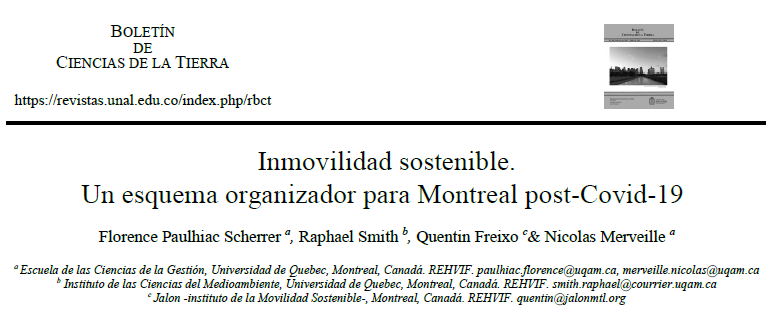Submissions
Submission Preparation Checklist
As part of the submission process, authors are required to check off their submission's compliance with all of the following items, and submissions may be returned to authors that do not adhere to these guidelines.-
The article has not been previously published elsewhere, and it has not been submitted simultaneously to another publication.
- The submitted file is sent in Microsoft Word format.
- All URLs in the text (p.e., http://pkp.sfu.ca) are active and can be accessed.
- The text is single-spaced; the font size is 10 points; all illustrations, figures, and tables are in the text in the appropriate place and not at the end of the text, and they have to be referenced.
- The text complies with the bibliographic and style requirements stated in the Author Guidelines, which can be found in About the Journal.
- Once the article is accepted for publication, the authors consent to serve as evaluators of other items in their area of knowledge, if required.
- Once the final version of the article has been requested, in case of not receiving a response from the authors with the corrections requested on the established date (a maximum period of 20 days), the article will be removed from the publication process in the journal.
Copyright Notice
The author or authors of a paper accepted for publication in any of the journals published by the Facultad de Minas will yield all the property rights to the Universidad Nacional de Colombia free of charge. Among these are included: the right to edit, publish, reproduce, and distribute both in print and digital media, as well as including an article in international indexes and databases. Likewise, it enables the publisher to use images, tables, or any graphic material presented in the article to design the covers or posters of the journal. By assuming the patrimonial rights of the article, it can be reproduced partially or totally in any printed or digital media without the express permission of the same.
Personal Data Processing Policy
The names and email addresses entered in this journal will be used exclusively for the stated purposes of this journal and will not be available for any other purpose or another person.




















